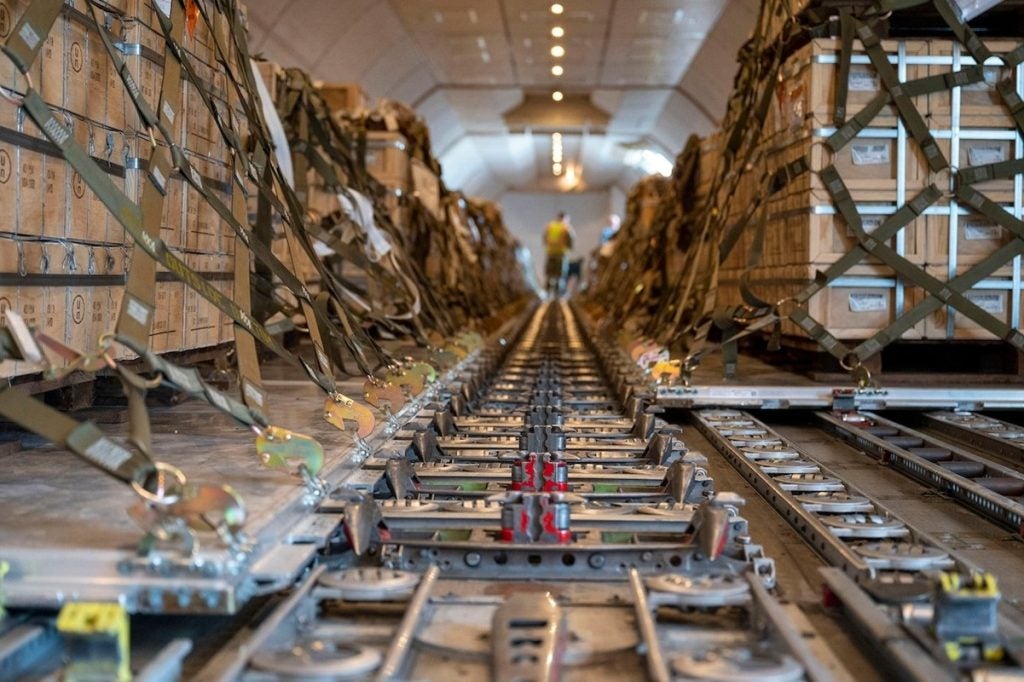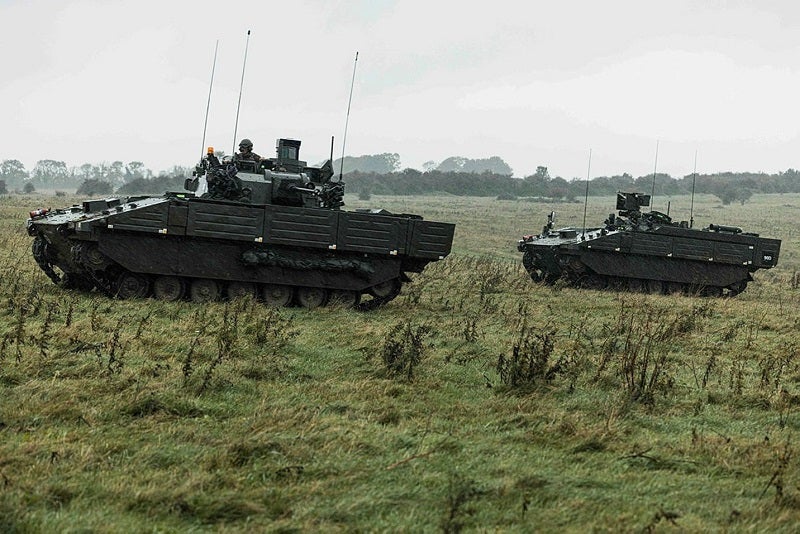
As part of a string of institutional reforms including new procurement processes and a Strategic Defence Review, the UK Ministry of Defence has begun its search for a National Armaments Director (NAD).
The Ministry has now established what it has described as a “fully-fledged” role after four months in government. The recruitment process will occur over the coming weeks.
Britain’s NAD will ensure the Armed Forces are properly equipped to defend the country, to build up the British defence industry, and to crack down on waste.
A Public Accounts Committee report from April 2023 suggested that the government approached its Equipment Plan – which suffers a £17bn ($22bn) deficit – with an “optimism bias.” It was found that there was a 21-year delay across 13 programmes. Last year’s assessment prompted the creation of major reforms, the largest in more than 50 years the government said in a statement on 25 October.
The UK must now be able to meet demand for military equipment in a security environment that continues to deteriorate around the world – in Eastern Europe, the Middle East, the Indo-Pacific, among other theatres of conflict.
Of course, this is also true for the UK’s allies and work is already underway. Between 23-24 October, Nato’s Conference of National Armament Directors (CNAD) took place in Brussels where partners gathered to enhance allied defence production and planning.
How well do you really know your competitors?
Access the most comprehensive Company Profiles on the market, powered by GlobalData. Save hours of research. Gain competitive edge.

Thank you!
Your download email will arrive shortly
Not ready to buy yet? Download a free sample
We are confident about the unique quality of our Company Profiles. However, we want you to make the most beneficial decision for your business, so we offer a free sample that you can download by submitting the below form
By GlobalDataNato Secretary General, Mark Rutte, assured those present that “there is more to do” beyond the work that has been done to coordinate Ukrainian military assistance and restarting allied defence production to a scale unseen since the Cold War.
Notably, the Assistance Secretary General for Defence Investment and CNAD’s permanent chair, Tarja Jaakkola, underscored the value of the of “ensuring that the CNAD contributes to bringing on board partners in Nato discussions to the fullest extent possible.”

Why a “fully fledged” NAD?
The sheer extent of defence production concerns necessitates an individual wholly dedicated to the endeavour.
Until now, Andy Start, the chief executive of the government’s defence procurement arm, Defence Equipment & Support, has taken on the responsibilities of a slimmer version of the new NAD position.
Since Start took on the role in September 2022, the executive helped to orchestrate the timely delivery of British military assistance to Ukraine, cultivated closer coordination with Nato partners, and led the charge on the Integrated Procurement Model which has reached minimum viable product this month.
However, the government will now expand the remit of the NAD role as a “fully fledged” position but what will this look like? According to the Ministry of Defence the NAD will:
- Deliver the capabilities required from industry;
- shape and deliver the Defence industrial strategy which will be launched in early 2025;
- ensure a resilient supply chain and the required readiness of the national ‘arsenal’;
- lead on UK defence exports and acquisition reform;
- harmonise procurement, working closely with wider government, industry, academia, and international partners.
Scrapping ‘exquisite’ acquisitions
New methods, first implemented in February 2024, began to purchase military equipment and platforms with exportability and scale in mind under what is called the Integrated Procurement Model.
The Russia-Ukraine war demonstrates that mass is back as the consumption rate of munitions, artillery and platforms in Eastern Europe grows indefinitely. The new Model will set out to meet this new procurement challenge for the British Armed Forces.
The UK can no longer afford to waste time on what it considers the ‘exquisite’ capabilities in defining, too narrowly, a specific national configuration. Ordering specific capabilities will preclude efforts to export to other countries and disrupt the time to deploying capabilities. War is coming, and some analysts anticipate a need to be ready to fight the Russians by 2028.

Notoriously, UK Defence has grappled with unforeseen and enduring technical problems with the Ajax armoured vehicle programme – a platform originally due to enter service in 2017, but is now scheduled to reach initial operating capability in 2025.



